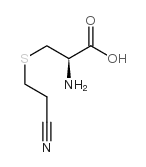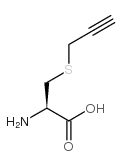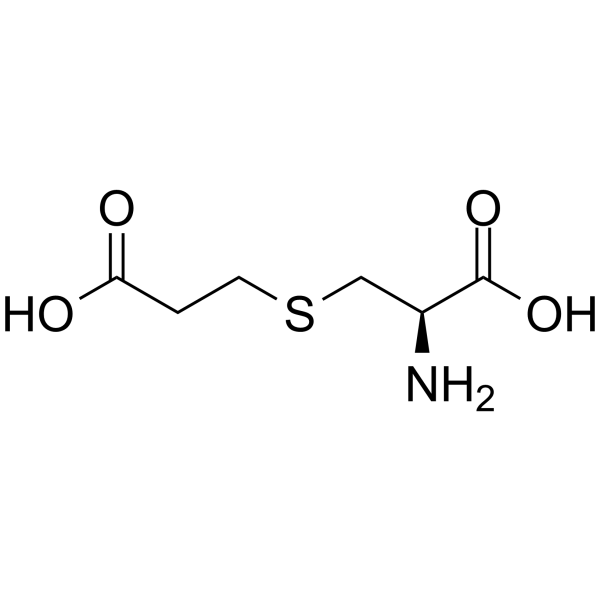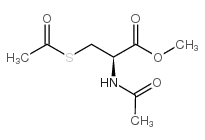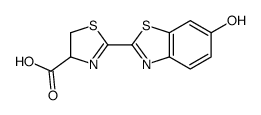52-89-1
| Name | L-Cysteine hydrochloride |
|---|---|
| Synonyms |
EINECS 200-157-7
l-Cys hydrochloride MFCD00064553 (R)-2-Amino-3-mercaptopropanoic acid hydrochloride L-Cysteine hydrochloride Cysteine, hydrochloride, L- L-Cysteine hydrochloride (1:1) L-Cysteine, hydrochloride (1:1) QVYZ1SH &&L or R Form HCl (R)-(+)-Cysteine hydrochloride L-Cysteinhydrochlorid(1:1) L-Cysteine hydrochloride anhydrous |
| Description | L-Cysteine hydrochloride is a conditionally essential amino acid, which acts as a precursor for biologically active molecules such as hydrogen sulphide (H2S), glutathione and taurine. L-Cysteine hydrochloride suppresses ghrelin and reduces appetite in rodents and humans[1]. |
|---|---|
| Related Catalog | |
| References |
| Boiling Point | 293.9ºC at 760 mmHg |
|---|---|
| Melting Point | 140-142ºC |
| Molecular Formula | C3H8ClNO2S |
| Molecular Weight | 157.619 |
| Flash Point | 131.5ºC |
| Exact Mass | 156.996429 |
| PSA | 102.12000 |
| LogP | 0.83040 |
CHEMICAL IDENTIFICATION
HEALTH HAZARD DATAACUTE TOXICITY DATA
MUTATION DATA
|
| Symbol |

GHS07 |
|---|---|
| Signal Word | Warning |
| Hazard Statements | H315-H319-H335 |
| Precautionary Statements | P261-P305 + P351 + P338 |
| Personal Protective Equipment | dust mask type N95 (US);Eyeshields;Gloves |
| Hazard Codes | Xi:Irritant |
| Risk Phrases | R36/37/38 |
| Safety Phrases | S26-S36 |
| RIDADR | NONH for all modes of transport |
| WGK Germany | 2 |
| RTECS | HA2275000 |
| HS Code | 2930909090 |
| Precursor 3 | |
|---|---|
| DownStream 10 | |
| HS Code | 2930909090 |
|---|---|
| Summary | 2930909090. other organo-sulphur compounds. VAT:17.0%. Tax rebate rate:13.0%. . MFN tariff:6.5%. General tariff:30.0% |

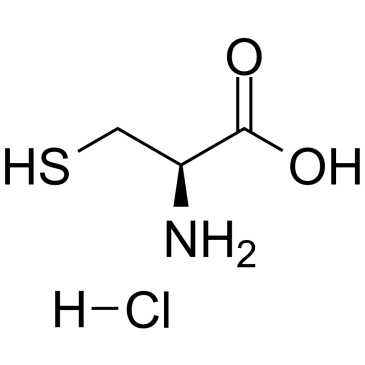
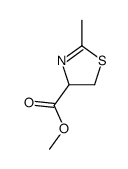

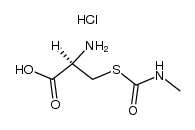
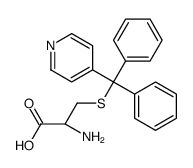
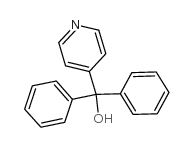
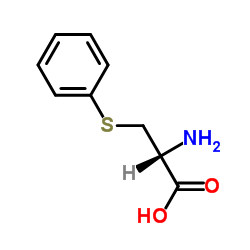
![S-[N-BENZYL(THIOCARBAMOYL)]-L-CYSTEINE structure](https://www.chemsrc.com/caspic/454/35446-36-7.png)
